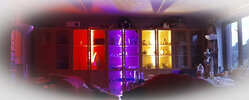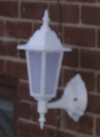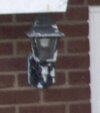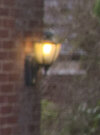Afternoon all,
When I popped out to my shed a couple nights ago I switched the light on, which is a fluorescent single lamp batten, and I heard a pop sound but it failed to come on.
The MCB hasn't tripped and there is power to the fitting as checked with multimeter. All the connections on the terminals inside the batten are tight and sound.
The fitting is only about two years old.
My question is, how can I determine what component has failed?
I am thinking it's most likely the ballast as I don't believe fluorescent tubes fail with a 'pop' sound? Please correct me if I am wrong.
Either way, is there a way to test if the ballast is at fault before ordering a replacement?
Many thanks
When I popped out to my shed a couple nights ago I switched the light on, which is a fluorescent single lamp batten, and I heard a pop sound but it failed to come on.
The MCB hasn't tripped and there is power to the fitting as checked with multimeter. All the connections on the terminals inside the batten are tight and sound.
The fitting is only about two years old.
My question is, how can I determine what component has failed?
I am thinking it's most likely the ballast as I don't believe fluorescent tubes fail with a 'pop' sound? Please correct me if I am wrong.
Either way, is there a way to test if the ballast is at fault before ordering a replacement?
Many thanks






